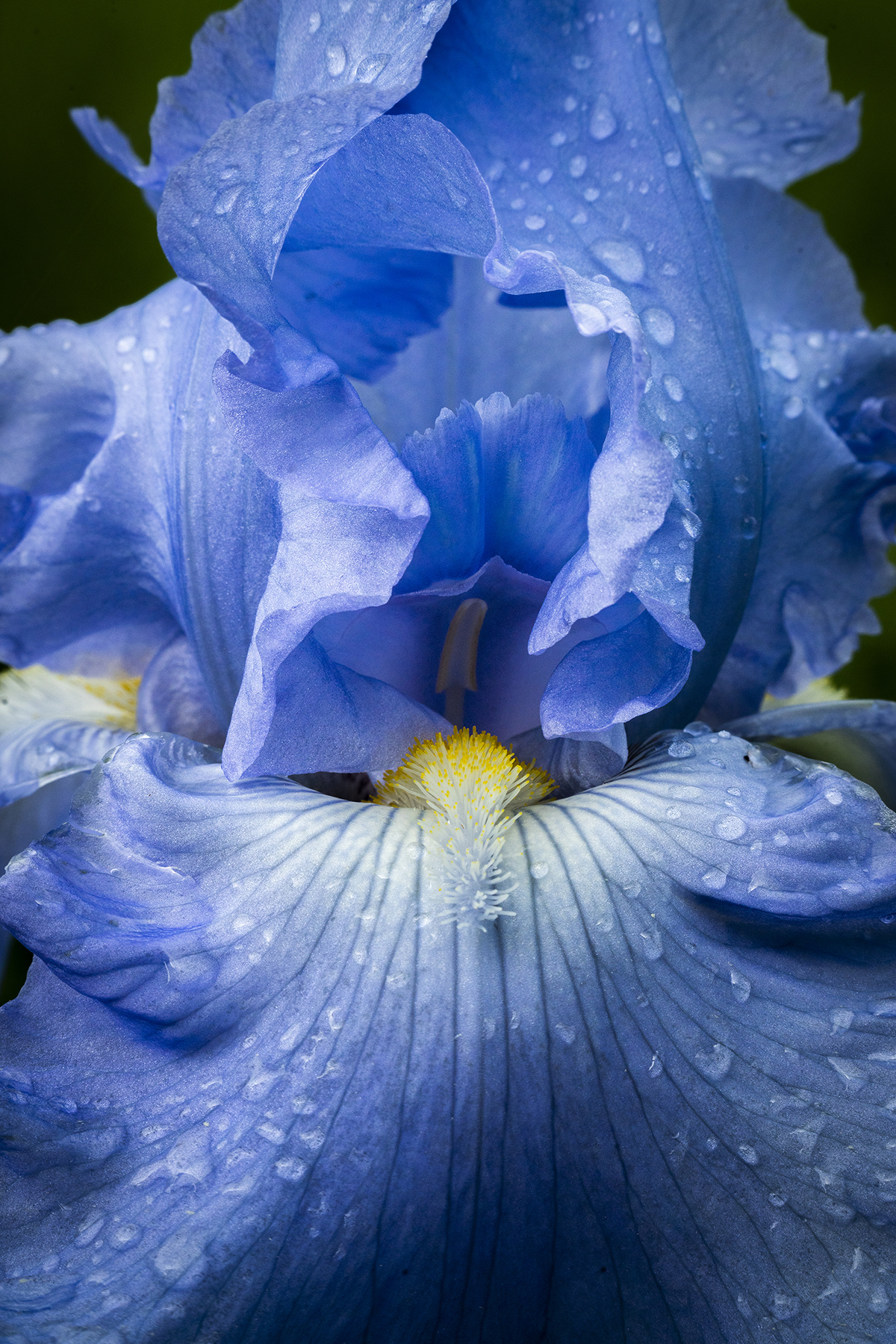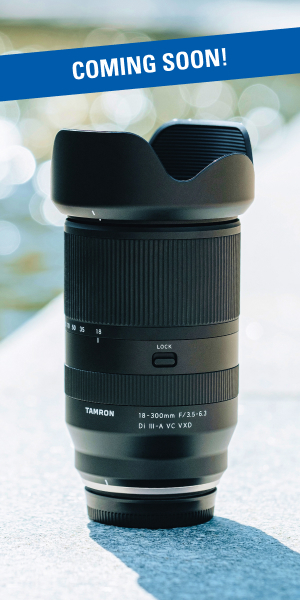Choosing the right lens for your camera can feel overwhelming—especially with so many types, focal lengths, and features available on the market. Whether you’re a beginner or a seasoned photographer, understanding how to choose the best lens for your photography needs is essential for capturing great images. Your camera lens affects everything from image sharpness and depth of field to framing and focus. That’s why choosing the right lens is one of the most important decisions you’ll make in your photography journey.
What You’ll Learn in This Article:
- How to choose the right lens based on your photography style (landscape, portrait, macro, etc.)
- The differences between prime, zoom, and macro lenses—and when to use each
- What to consider when buying a lens for your DSLR or mirrorless camera
- How focal length and aperture affect your images
- Tips for future-proofing your lens choices for gear upgrades
Step 1: Identify Your Photography Style and Needs
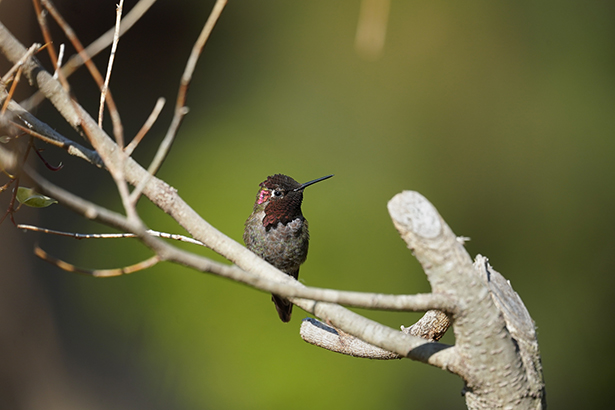
Before choosing the right lens, ask yourself:
- What do I shoot most often (e.g., landscapes, portraits, sports, travel)?
- How far will I be from my subjects?
- Do I want versatility or specialized performance?
Your answers will guide your decision.
Step 2: Understand the Types of Camera Lenses
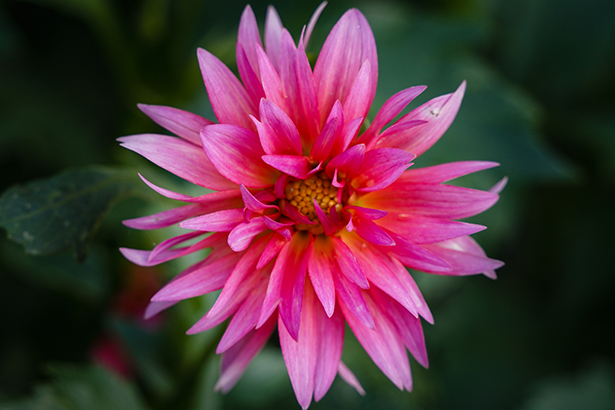
Zoom Lenses
Zoom lenses cover a range of focal lengths in one lens, offering flexibility without changing gear. Ideal for photographers who shoot a variety of subjects.
1. Fast Zoom Lenses (f/2.8 or wider)
- Best for: Low-light photography, portraits with soft backgrounds
- Why: Wide apertures allow better light gathering and subject isolation
2. All-in-One Zoom Lenses (e.g., 18–300mm)
- Best for: Travel, casual and everyday use
- Why: Covers wide to telephoto in a single lens—great when packing light
3. Standard Zoom Lenses (e.g., 24–70mm, 28–75mm)
- Best for: Everyday photography, portraits, events
- Why: Versatile focal range, good for both wide scenes and tighter shots
4. Wide-Angle Zoom Lenses (e.g., 11–20mm, 17–50mm)
- Best for: Landscapes, architecture, interiors
- Why: Capture expansive scenes and tight spaces with minimal distortion
5. Telephoto Zoom Lenses (e.g., 70–180mm, 150–500mm)
- Best for: Wildlife, sports, portraits from a distance
- Why: Bring distant subjects closer, compress background
Prime Lenses (Fixed Focal Length)
Prime lenses have a single focal length but often offer superior sharpness and wider apertures.
- Best for: Portraits, street photography, low-light environments
- Why: Lightweight, fast apertures (like f/1.8 or f/1.4) offer shallow depth of field and great subject isolation
- Recommended for: Beginners learning composition or pros seeking optical clarity
Macro Lenses
Macro lenses are designed for close-up photography with high detail.
- Best for: Flowers, insects, product photography
- Why: Close focusing distance and 1:1 magnification for extreme detail
- Great for: Nature photographers and content creators needing crisp detail shots
Tamron Lens Guide by Category
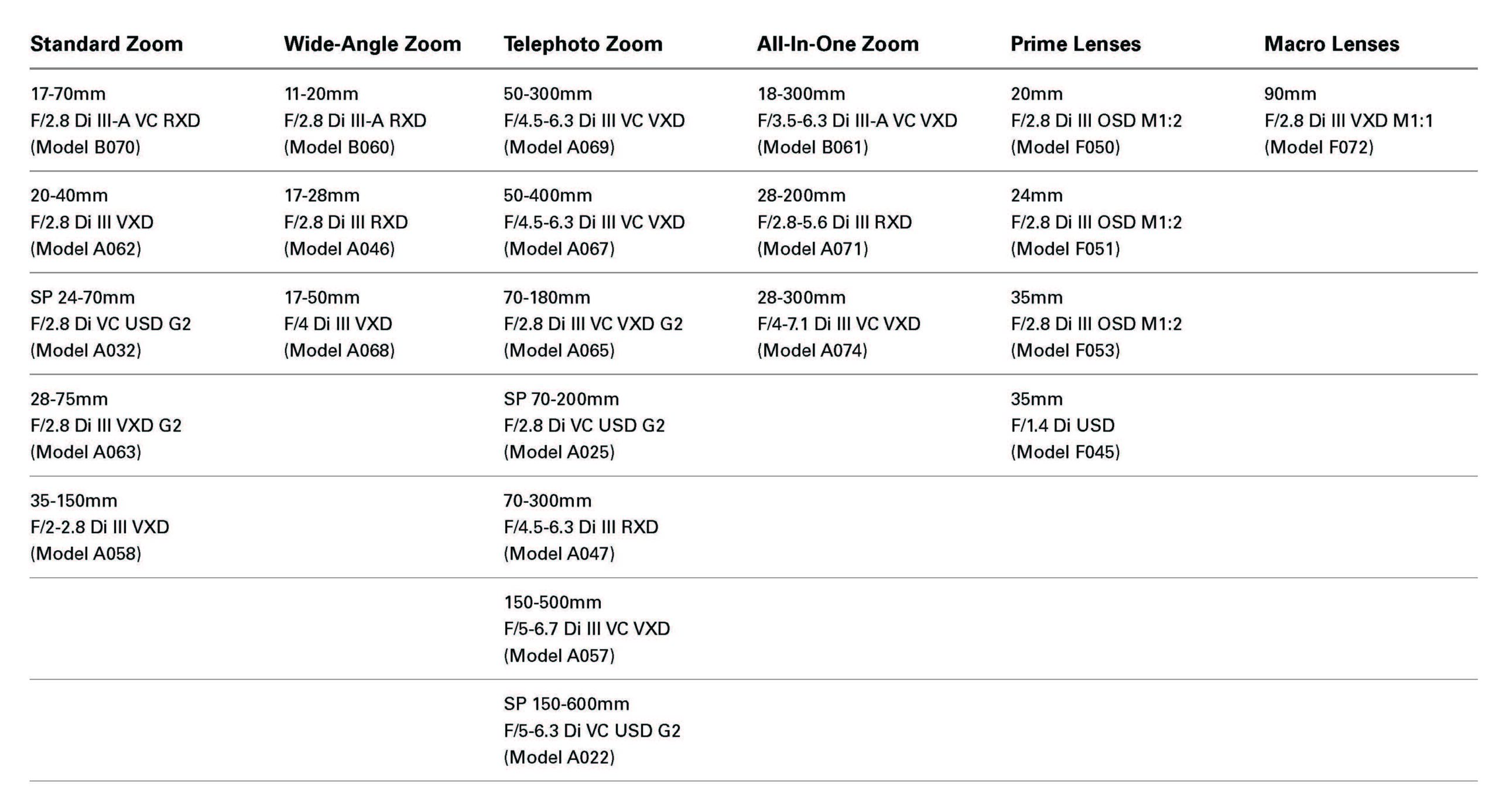
Step 3: Match the Lens to Your Camera Type
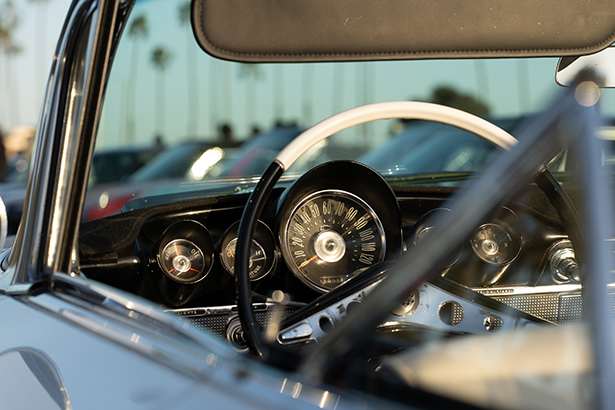
Different mounts and sensor sizes (APS-C vs. full-frame) affect lens compatibility. Always check:
- Mount type (Canon EF, Sony E, Nikon Z, etc.)
- Sensor crop factor—APS-C lenses can work on full-frame bodies, but often with limitations
- If you plan to upgrade, consider full-frame-compatible lenses for longevity
Step 4: Budget and Future-Proofing
- Invest in quality glass over time—good lenses last longer than camera bodies
- Look for lenses that support your future camera plans
- Avoid buying niche lenses unless they match your most frequent photo style
Conclusion: Choosing the Right Lens Starts With You

Understanding what you want to shoot and how you want your images to look is the first step in choosing the right lens. Whether you’re capturing sweeping landscapes, expressive portraits, or the intricate world of macro, there’s a perfect lens for your needs.
Learn about the Tamron lens line-up at an authorized Tamron dealer in your area or visit the TAMRON Store today and choose the lens that’s right for you.
More Photo Tips | Watch Videos | Learn More About Tamron Lenses | Photo Gallery
